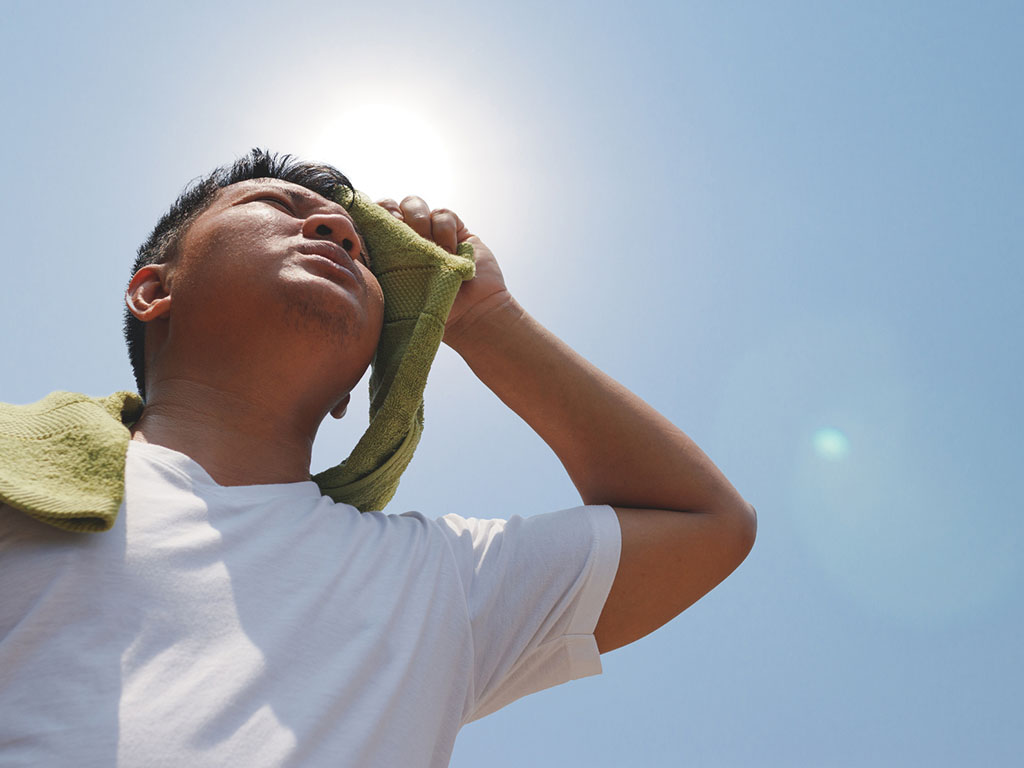As the summer approaches, heat illness is a concern on employer’s minds throughout the country. High summer temperatures bring a unique set of challenges that if not addressed correctly, can lead to heat illness, and employee fatality in the most serious cases. The challenges hot summer weather brings range from maintaining employee health, to sustaining productivity in tough conditions, while adhering to all regulatory agency requirements. Heat illness can cause severe problems for your business, but rest assured there are simple preventative measures you can take to avoid heat illness from scorching your company.
OSHA Can Conduct Inspections on 80° Fahrenheit+ Heat Index Days
OSHA is focusing on reducing exposure to indoor and outdoor heat-related hazards that result in on-the-job illness, injury, and death. The National Emphasis Plan consists of targeted inspections, outreach, and compliance assistance.
The NEP authorizes OSHA to conduct pre-planned inspections of high-risk worksites on “heat priority days” where the heat index—of “feel like” temperature—is expected to be 80 degrees Fahrenheit or higher.
Know What OSHA Will Look For During an Inspection
OSHA states that the Certified Safety and Health Officer (CSHO) will review/inspect several heat illness-related compliance procedures and documents.
During their review, they will most likely:
- Take a look at OSHA 300 Logs and 301 Incident reports.
- Interview workers for symptoms of headache, dizziness, fainting, dehydration, or other conditions that may indicate heat-related illnesses, including new employees and employees who have recently returned to work.
- Determine if the employer has a heat illness and injury program addressing heat exposure.
- Identify/review activities relevant to heat-related hazards.
A KPA Consultant’s Take on Curbing Heat Illness
We sat down with Micah O’Shaughnessy, Regulatory Project Manager at KPA to chat about heat illness. Listen in to the discussion about preparing for the hot summer months by understanding the signs of heat illness and implementing basic precautionary measures to prevent it in the first place.

The Four Types of Heat Illness
OSHA and the CDC categorize heat illnesses into four types. The chart below lists symptoms and the proper first aid action for each scenario. Managers should be aware of these symptoms to assist their employees. In all cases, when in doubt, call 911.
- High body temperature (103°F or higher)
- Hot, red, dry, or damp skin
- Fast, strong pulse
- Headache
- Dizziness
- Nausea
- Confusion
- Losing consciousness (passing out)
- Call 911 right away-heat stroke is a medical emergency
- Move the person to a cooler place
- Help lower the person’s temperature with cool cloths or a cool bath
- Do not give the person anything to drink
- Heavy sweating
- Cold, pale, and clammy skin
- Fast, weak pulse
- Nausea or vomiting
- Muscle cramps
- Tiredness or weakness
- Dizziness
- Headache
- Fainting (passing out)
- Move to a cool place
- Loosen your clothes
- Put cool, wet cloths on your body or take a cool bath
- Sip water
Get medical help right away if:
- You are throwing up
- Your symptoms get worse
- Your symptoms last longer than 1 hour
- Heavy sweating during intense exercise
- Muscle pain or spasms
- Stop physical activity and move to a cool place
- Drink water or a sports drink
- Wait for cramps to go away before you do any more physical activity
Get medical help right away if:
- Cramps last longer than 1 hour
- You’re on a low-sodium diet
- You have heart problems
- Red clusters of small blisters that look like pimples on the skin (usually on the neck, chest, groin, or in elbow creases)
- Stay in a cool, dry place
- Keep the rash dry
- Use powder (like baby powder) to soothe the rash
Source: Centers for Disease Control
Remember, if you are not a medical professional, use this information as a guide only to help workers in need.
8 Ways to Plan for and Prevent Heat-Related Illnesses
These 8 strategies may seem like a lot of work, but they’re easy to implement in any organization with a strong safety culture and workforce management system in place.
Heat illness can affect employees, and in turn a business. The good news is there are simple tactics managers can implement to ensure the safety of their employees as well as sustaining productivity. If you don’t have a plan for the heat, the heat will come up with a plan for you.
See KPA can keep you and your employees cool—in more ways than one.

